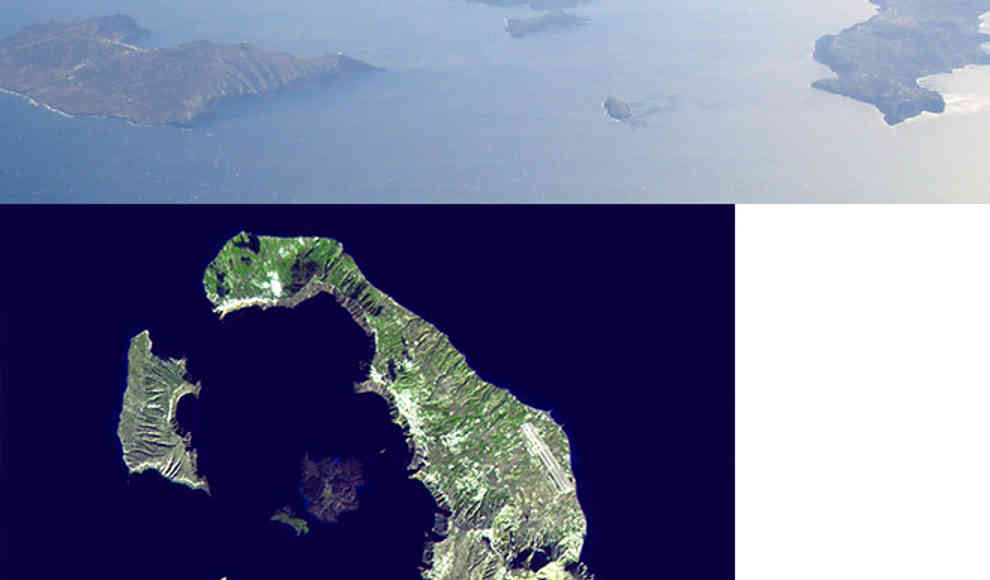A recent study published in the journal PloS ONE has revealed that the giant magma chambers of supervolcanoes fill up much faster than previously thought. Instead of taking hundreds of thousands of years, it only takes a few hundred years for a supervolcano to erupt again. This is a shocking and alarming discovery made by American researchers. Geologists had previously believed that it would take several hundred thousand years to refill the massive chambers with liquid rock after an eruption. However, new research by Guilherme Gualda and his team at Vanderbilt University in Nashville has shown that this process only takes a few hundred to a few thousand years.
According to the new findings, geologists now believe that it only takes a few thousand years to fill the magma chambers of the world’s largest volcano to the point where it would spew out 1,000 cubic kilometers of magma at temperatures of 700 to 1,250 degrees Celsius during an eruption. This is roughly equivalent to the volume of the Aral Sea in Uzbekistan, which has an estimated water surface area of nearly 13,900 square kilometers and dimensions of about 200 by 250 kilometers. The study was conducted using a radioactive isotope analysis of quartz and zircon crystals from the Long Valley supervolcano in California, which showed that the filling time for this magma chamber is only 500 to 3,000 years.
The eruption of a supervolcano would have catastrophic consequences. The toxic gases and enormous amounts of dust that would enter the Earth’s atmosphere during such an eruption would massively alter the world’s climate for a very long time. The Earth’s history shows that most mass extinctions are linked to massive volcanic activity, including supervolcano eruptions. Despite the new findings about the filling time of supervolcanoes, researchers and geologists currently do not see any danger of an eruption from any of the 23 supervolcanoes on Earth.










